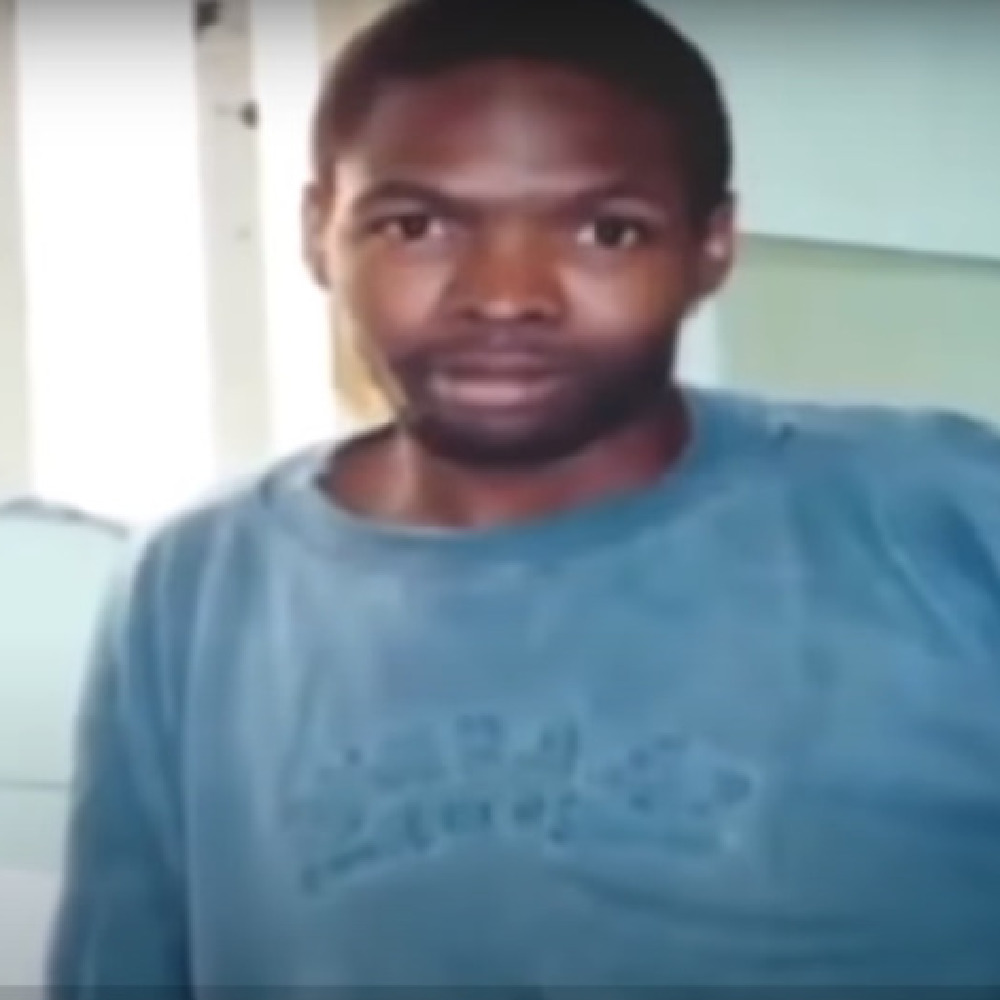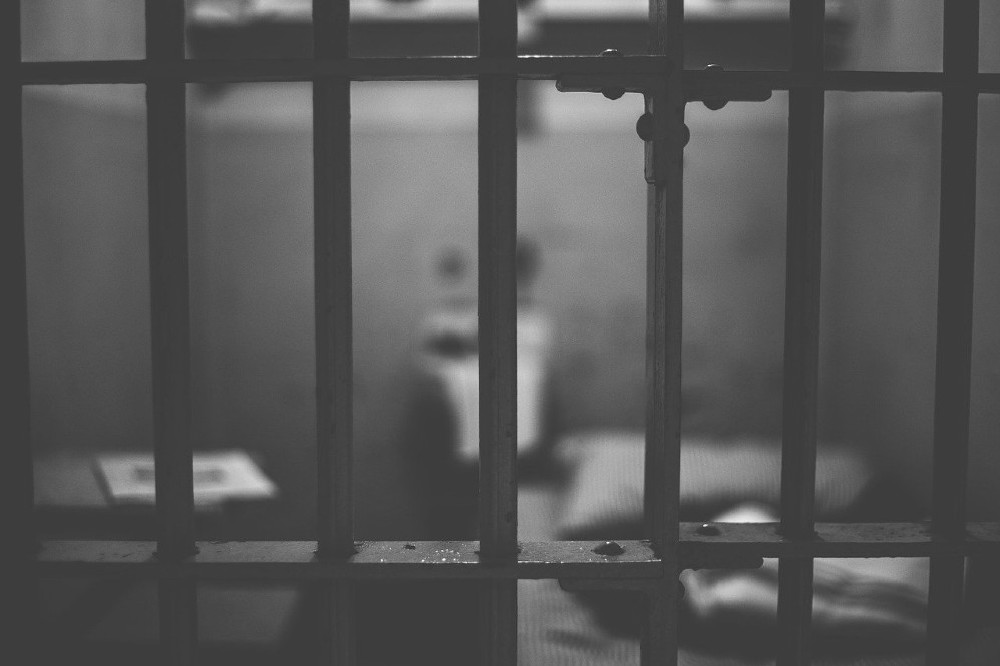Many serial killers’ stories are followed profusely by the media, before and after their arrest. However, in a place where crime is so high, media attention didn’t perk up until a pattern of death was discovered by authorities…

Moses Sithole / Biography Documentary Films on YouTube
Who is Moses Sithole?
Moses Sithole is considered one of South Africa’s worst serial killers. In 1997, Sithole was found guilty of 38 murders and 40 rapes. A substantial number of his victims were never identified.
Early years
Sithole, one of five children, was born in Vosloorus, near Boksburg in the Transvaal Province of apartheid (now Gauteng) South Africa, on November 17th 1964, to parents Simon and Sophie Sithole.
His life of poverty only got worse when his father passed away; his mother became unable to care for her five children, thus abandoned them at a local police station.
The siblings were placed in an orphanage in KwaZulu Natal, but systematic abuse caused Sithole, as a teenager, to run away after three years in the system. He sought refuge with his older brother, before going to work in the Johannesburg gold mines.
Sithole was sexually promiscuous from an early age, but his relationships were short-lived; some have summarised that his abandonment instilled in him an aggressive attitude towards women.
He also reportedly told some of his rape victims about his own bad experiences at the hands of a previous girlfriend, perhaps to have them feel false pity for him.
Sithole had been described as a handsome and charming man; most of his victims were enticed to their assaults (and often, deaths) in broad daylight, with promises of employment.
His social ease and perceptive personality made the string of murders even more harrowing, given what he was charged with in the end.
Crimes
It is unknown when Sithole raped his first victim, but the first recorded incident occurred in 1987, involving 29-year-old Patricia Khumalo. She testified at Sithole’s trial in 1996. Three other rape victims came forward, including Buyiswa Swakamisa, who was attacked in February of 1989.
Swakamisa made a police report at the time, which resulted in Sithole’s arrest and trial. In 1989, he was jailed in Boksburg for six years for the rape of Swakamisa. Sithole insisted on his innocence throughout the trial, and was released early for good behaviour.

Unfortunately, it seemed that Sithole learned a lesson from his imprisonment: victims left alive can cause serious problems.
Between January and April of 1995 in Atteridgeville, west of Pretoria, four bodies of young Black women were found; they had most likely been raped. This began a chain of events that uncovered an appalling litany of brutality and death.
When newspapers became aware of the similarities in the deaths of the victims, police were forced to admit that a serial killer was afoot in the area. The discovery of the body of a victim’s two-year-old son instigated a further media coverage; but in a society inured to violence, media interest was rather short.
Over the next few months, several bodies were found within Pretoria, all bearing the same or similar injuries: they all appeared to have been raped, they were tied up and strangled with their own underwear… This chocked the public immensely.
In July 1995, a witness saw Sithole acting suspiciously while in the company of a young woman; the witness discovered her body when he went to investigate. Regrettably, this witness was too far away to identify the killer.
On September 16th, 1995, a body was found at Van Dyk Mine in Boksburg. Further investigation revealed mass graves. Forensic experts recovered 10 bodies in varying degrees of decomposition.
Investigators were certain that the Boksburg bodies were linked to the victims in Atteridgeville. Media attention was intense during the recovery operation; even President Nelson Mandela visited the scene of the horrific findings.
Public concern grew with the media exposure, and local authorities sought external help from retired FBI profiler Robert Ressler in 1995. He assisted in building a profile of the killer. This profile indicated that the killer was someone very smart and organised; he was also likely to have a high sex drive and was becoming more confident in his killings. It was even suggested that a second killer was assisting with the murders.
Arrest
Investigations at the gravesite revealed that one victim, Amelia Rapodile, had last been seen before an appointment with Sithole on September 7th, 1995.

Investigators found a job application stating that she had been offered a position; when a second victim showed a similar connection with Sithole, police were confident they had their suspect.
With the manhunt now in the public domain, following more murders, Sithole strove to get help from family members, but undercover police intercepted him on October 18th, 1995.
He did not go quietly; a police officer even shot him in the leg and stomach, leaving Sithole hospitalized. He was transferred to the secure Military Hospital after surgery, where he admitted to numerous killings to detectives.
On October 23rd, 1995, Moses Sithole was charged with 29 murders, in the magistrates’ court in Brakpan.
In November 1995, Sithole was taken to Boksburg prison, where he awaited his trial.
Aftermath
Sithole was incarcerated in the maximum security section of Pretoria central prison, the highest-security cellblock in South Africa.
In 1997, he was sentenced to 2,410 years in prison, without the possibility of parole for at least 930 years.
Clearly, this sentencing meant Sithole would, rightly so, remain in prison until his death.
Written by Melissa, who you can follow on Twitter @melissajournal
RELATED: Sinister Saturday: Who was cult leader David Koresh? What were his crimes?
Many cults seem to keep to themselves, in the sense that they don’t wish to draw attention to their group. However, the Branch Davidians didn’t appear to stick to this notion as their involvement in firearms ultimately led them to their tragic deaths...
Tagged in Murder True Crime

